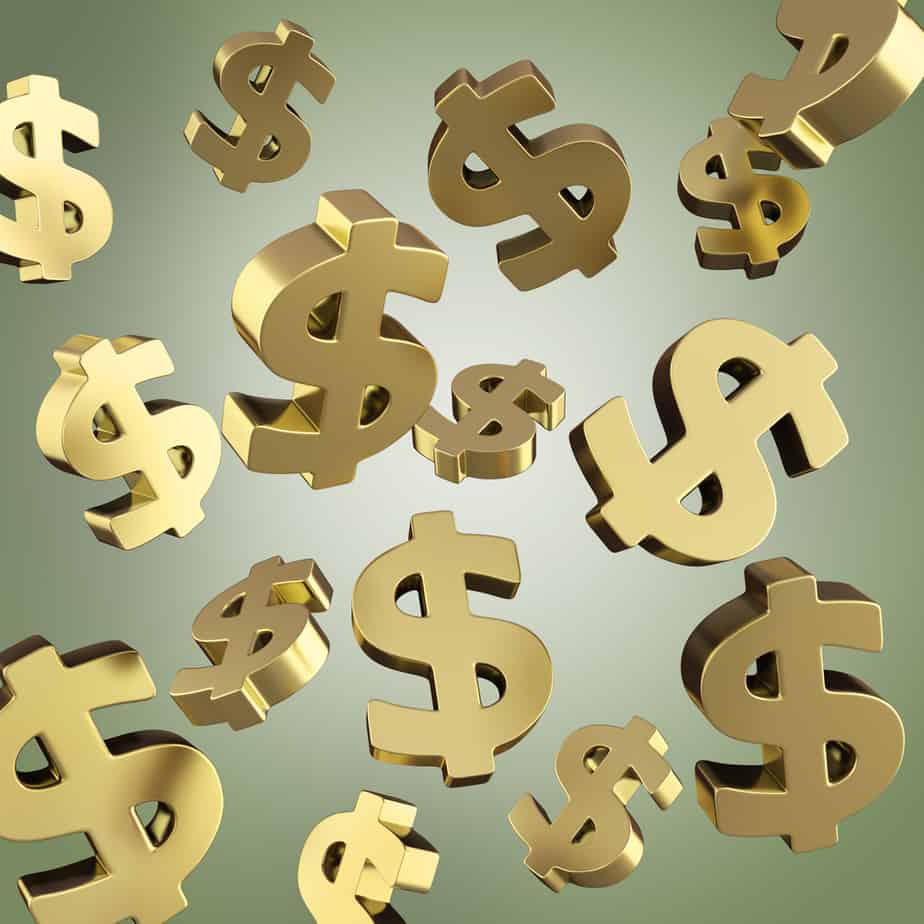Methods of borrowing money were not made equal. If they were made equal, there wouldn’t be so many methods! So, the question becomes, how exactly can money be borrowed? In this article, we will explore the many ways in which money can be borrowed thereby helping you achieve your financial and non-financial goals.
Ways to Borrow Money
As mentioned, there are various methods of borrowing money, all of which have their own conveniences and drawbacks. You’ll quickly understand that some methods of borrowing are useful for some things but not others. Below is a list of the ways you can borrow money in Canada.
Line of Credit
In general, a line of credit is one of the most flexible and affordable ways to borrow money. This benefit is mainly attributable to the open-ended nature of lines of credit. There is no payment deadline with lines of credit, nor do you owe interest until you actually take out money. That being said, lines of credit usually have a minimum payment requirement each month. In addition, interest tends to be lower than credit cards or personal loans. Lastly, lines of credit can be used for virtually any purpose.
To help you understand the line of credit process, let’s look at a simple example. If you have a line of credit for $1,000, the money sits there until you withdraw from it. When you withdraw from the line of credit, interest will start to accrue on the owed balance until you pay the principal and interest off.
Credit Card
A credit card is sort of like a cousin to a line of credit as we saw above. They both offer flexible payments and usage, plus interest is only due on owed amounts. On the other hand, credit cards can restrict you a bit because they can’t be used for any purpose. They can only be used in places where vendors accept credit cards. Also, credit cards are one of the most expensive ways to borrow, but the extra cost is attributable to the convenience.
Unsecured Personal Loan
Personal loans are funds that can be used for any purpose. Compared to a line of credit or credit card, personal loans allow borrowers to take out much more money. When a personal loan is unsecured, that means there is no asset pledged against the funds. Often, lenders want to have an asset attached to the loan to protect them from the risk of you defaulting. Since unsecured loans don’t have collateral and therefore have more risk, the interest rate tends to be higher and you may not get approved for as much money as you originally wanted.
Secured Personal Loan
In contrast to an unsecured personal loan, a secured personal loan uses an asset as collateral. In the event that the borrower defaults on the loan, the lender has the right to seize the secured asset and sell it to cover the cost of the owed funds. Naturally, this provides the lender with more security and less risk. Furthermore, it provides the borrower with less risk because, if your financial situation changes, you won’t owe a copious amount of money. Due to the higher level of assurance, secured personal loans tend to have lower interest rates and higher approved fund limits.
Secured loans are virtually any loan that is secured by something of value. A mortgage, payday loan and car loan are all personal loan methods.
Using a personal loan, secured or unsecured, is quite simple. Once you get approved for the loan, the funds will be deposited into your account for you to use. Alternatively, the approved funds will be transferred directly to the vendor you intend to make a purchase from. After the payments have been made, you simply start making your monthly payments towards the lender.
Home Equity Financing
Home equity is the value of your home after you’ve deducted any corresponding expenses. For example, if your house is worth $1 million dollars and you owe $500,000 on your mortgage and it will cost $100,000 to sell the home, your home equity would be $400,000 ($1,000,000 – $500,000 – $100,000). In other words, home equity is the portion of your home’s value that you own. Home equity can be used as security for financing, such as a line of credit or personal loan.
Borrowing and Lender Types
The types of financing is one way to consider the different types of borrowing. Another way to consider borrowing methods is by lender type. There are four major types of lenders, as listed below.
- Traditional Lenders. Traditional lenders have strict and clear lending guidelines. Banks are the most common type of traditional lenders, but there are others too.
- Credit Unions. Credit unions are similar to banks in their lending practices, they just have more focus on the customer’s needs as opposed to the business’s needs.
- Alternative Lenders. With the rise of technology use in the financial industry, online lending has become readily available by alternative lenders. Alternative lenders are known to be more flexible and understanding of financial circumstances.
- Private Lenders. Sometimes individuals with spare cash will make investments in individuals looking for financing. Private lenders are the most flexible, but the terms and processes can be quite informal too.
Choosing How to Borrow
The world of personal finance and the corresponding options available are too vast for there to be a solution that suits everyone equally. Choosing how to borrow involves considering your own financial situation and future goals. Using that information, you can determine which method of borrowing would help you achieve your goals. Happy borrowing hunting!
Personal Loans from $500 to $50,000 - Loan Connect
Search Canada’s Lenders to Find Your Best Loan Rates.Loans available for all credit scores





